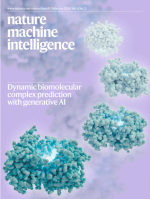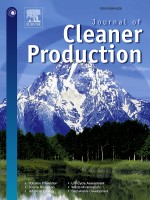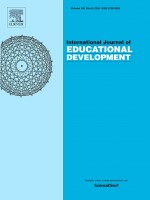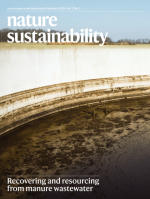Chris Huntingford, Jason A. Lowe, Nicholas Howarth, Niel H.A. Bowerman, Laila K. Gohar, Alexander Otto, David S. Lee, Stephen M. Smith, Michel G.J. den Elzen, Detle P. van Vuuren, Richard J. Millar, Myles R. Allen
View Journal Article / Working PaperGreenhouse gas emissions associated with Representative Concentration Pathway RCP2.6 could limit global warming to around or below a 2 °C increase since pre-industrial times. However this scenario implies very large and rapid reductions in both carbon dioxide (CO2) and non-CO2 emissions, and suggests a need to understand available flexibility between how different greenhouse gases might be abated. There is a growing interest in developing a greater understanding of the particular role of shorter lived non-CO2 gases as abatement options. The papers' authors address this here through a sensitivity study of different methane (CH4) emissions pathways to year 2100 and beyond, by including exchanges with CO2emissions, and with a focus on related climate and economic advantages and disadvantages.




